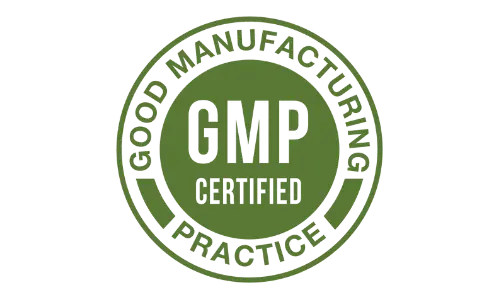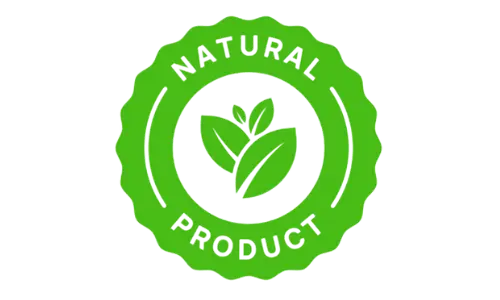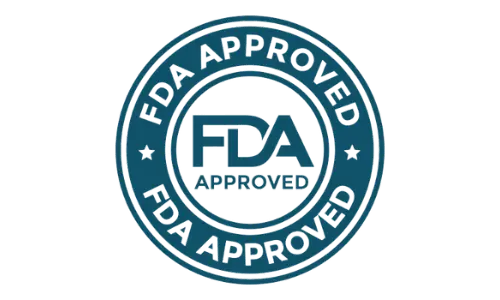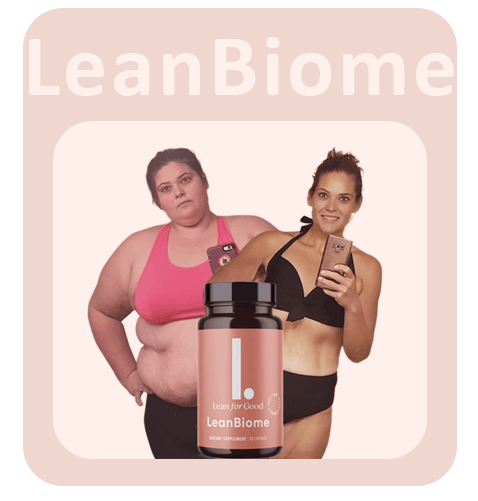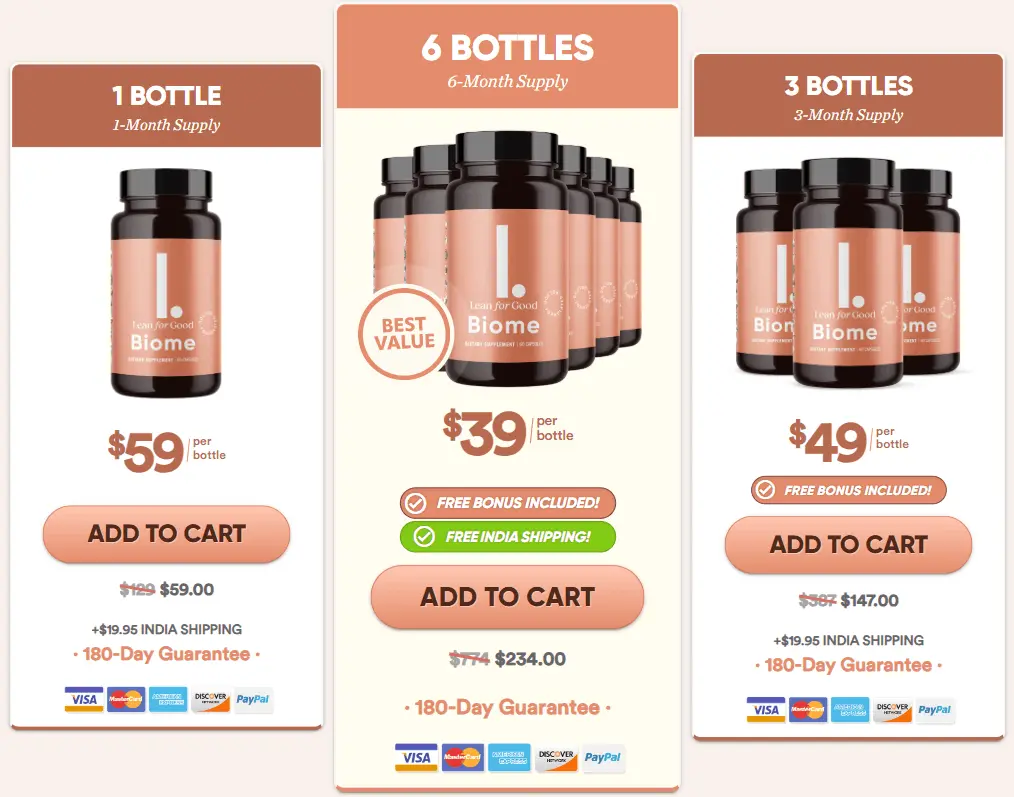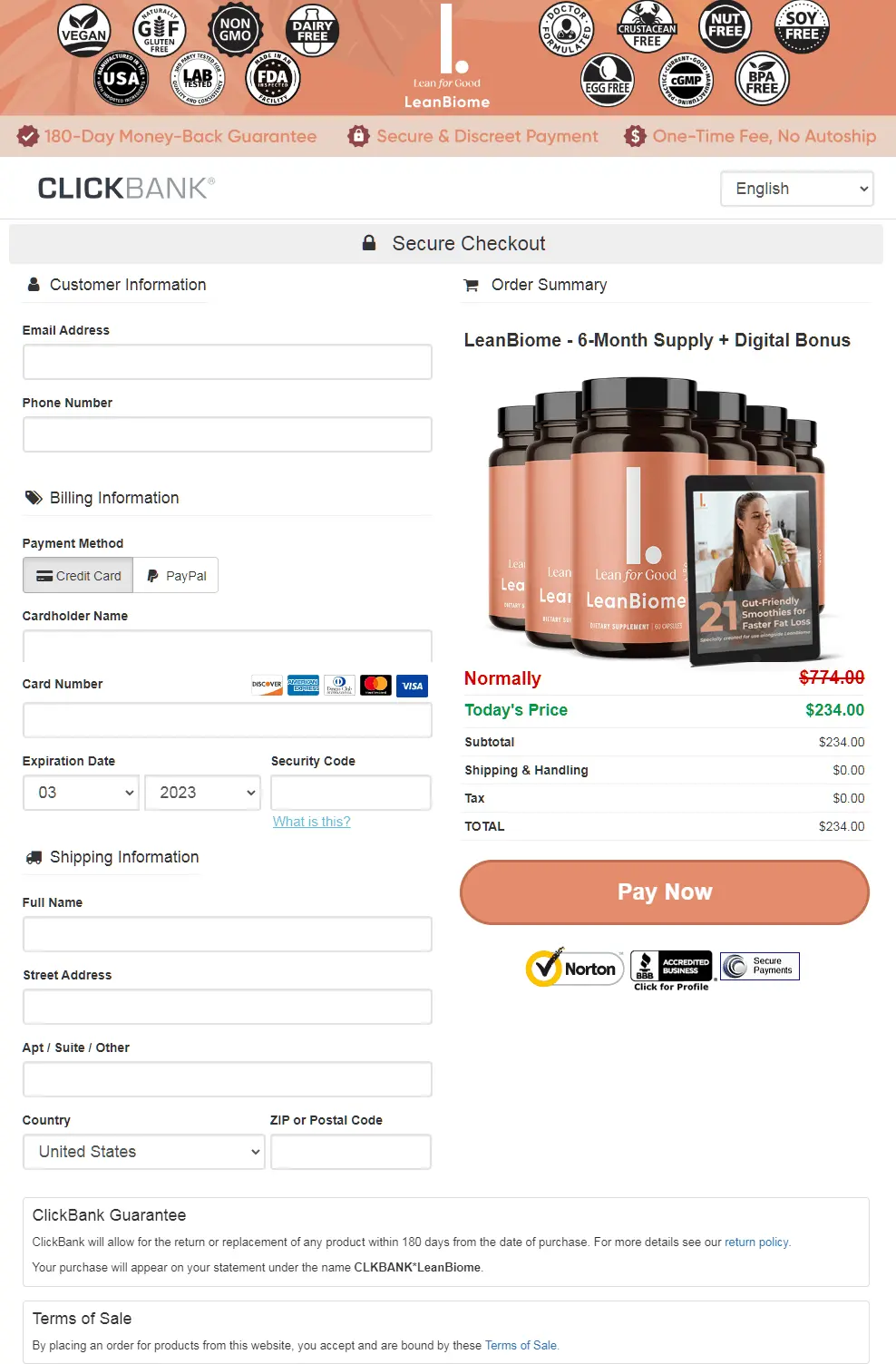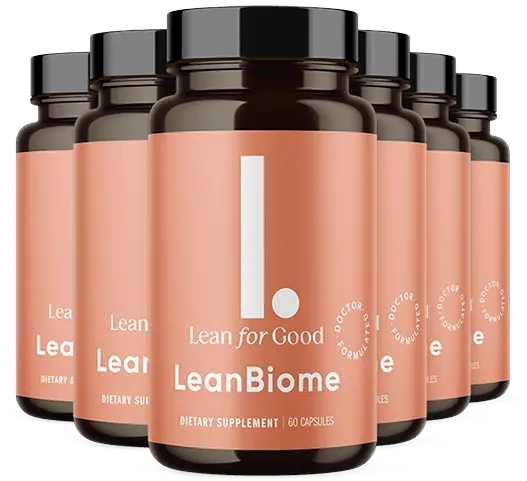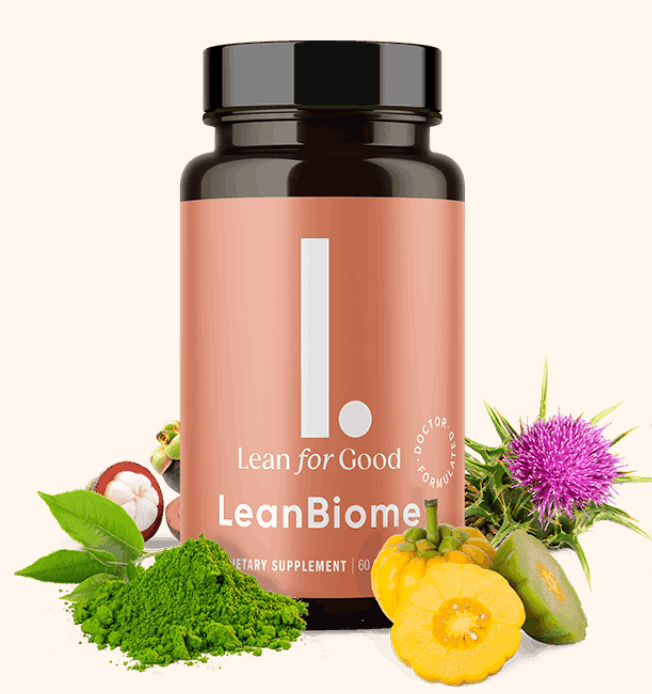
LeanBiome™ – Natural Weight Loss Supplement Backed by Gut Health Science
LeanBiome™ is a scientifically formulated probiotic blend designed to target the root cause of stubborn fat—an unbalanced gut microbiome. By restoring healthy gut bacteria, LeanBiome helps boost metabolism, reduce cravings, and improve digestion naturally. Each capsule supports healthy weight loss while enhancing energy, focus, and overall wellness without strict diets or intense workouts.

